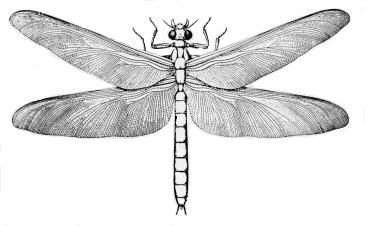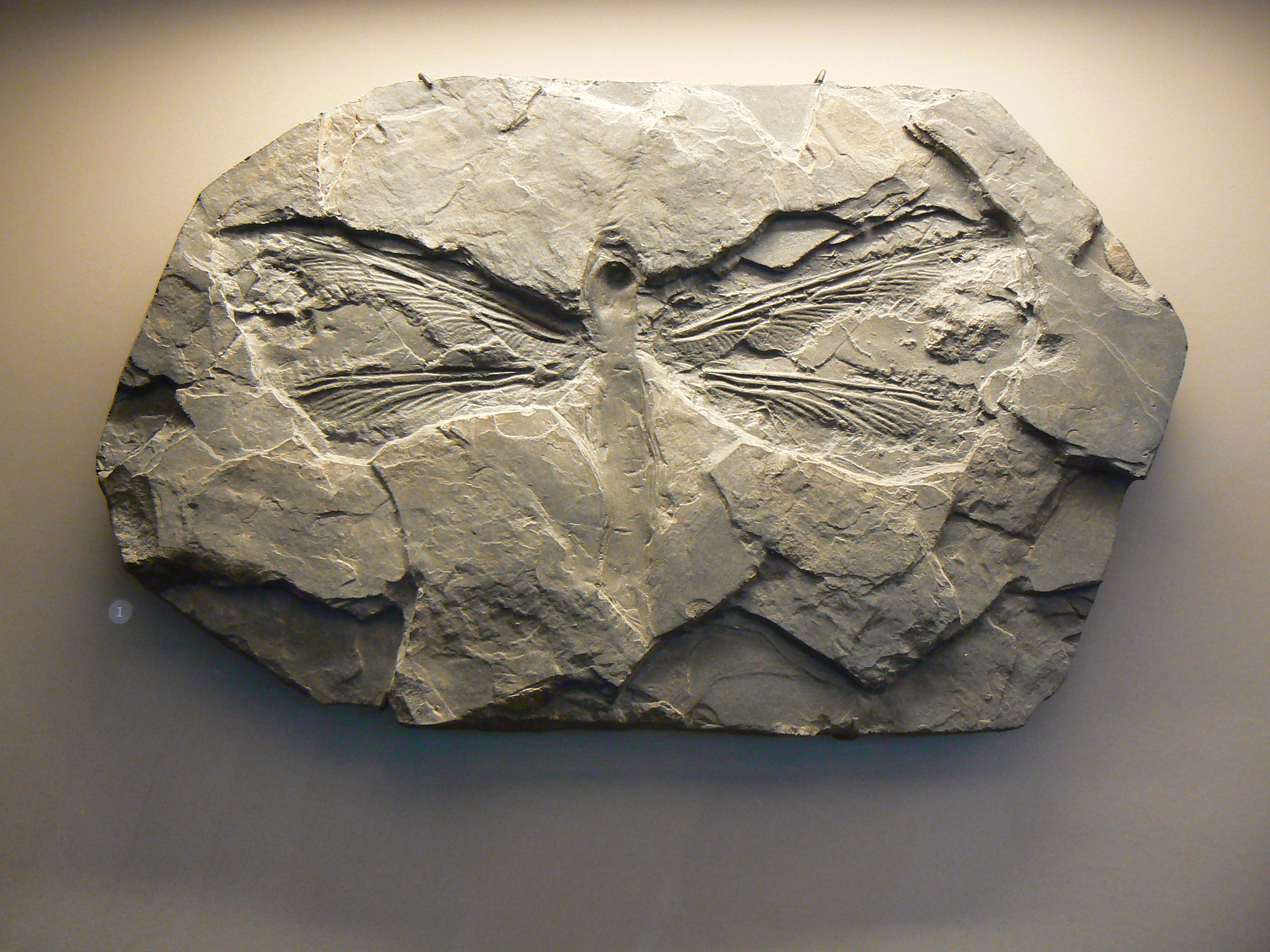On Tuesday, November 20, 2012, late afternoon (between 4:00 and 5:00 p.m. EST), while in the parking lot of a grocery store, I looked up in the clear sky at the moon. I saw a bright point-sized object moving near the moon. I thought it was odd that it was not leaving a contrail, so I took out my camera and took several pictures at maximum optical zoom (5x).
I estimate the moon was at azimuth 90 degrees and altitude 70 degrees. It took the object about 2 minutes to transit the sky. It was at about azimuth 0 degrees and altitude 15 degrees when it moved behind some trees and I lost sight of it. The object made no sound.
Considering its size and appearance through my camera at 5x zoom, I would guestimate its height to be jetliner height, size unknown but it had to be large and distant.
The object was solid with three sections: a glowing section to the left, a glowing section to the right, and a vertical section rising up where the other two joined, like a dragonfly shape. The glowing sections glowed with a brilliant white light with yellowish-orange or yellowish-red around the edges. I saw no other objects or aircraft in the sky.




